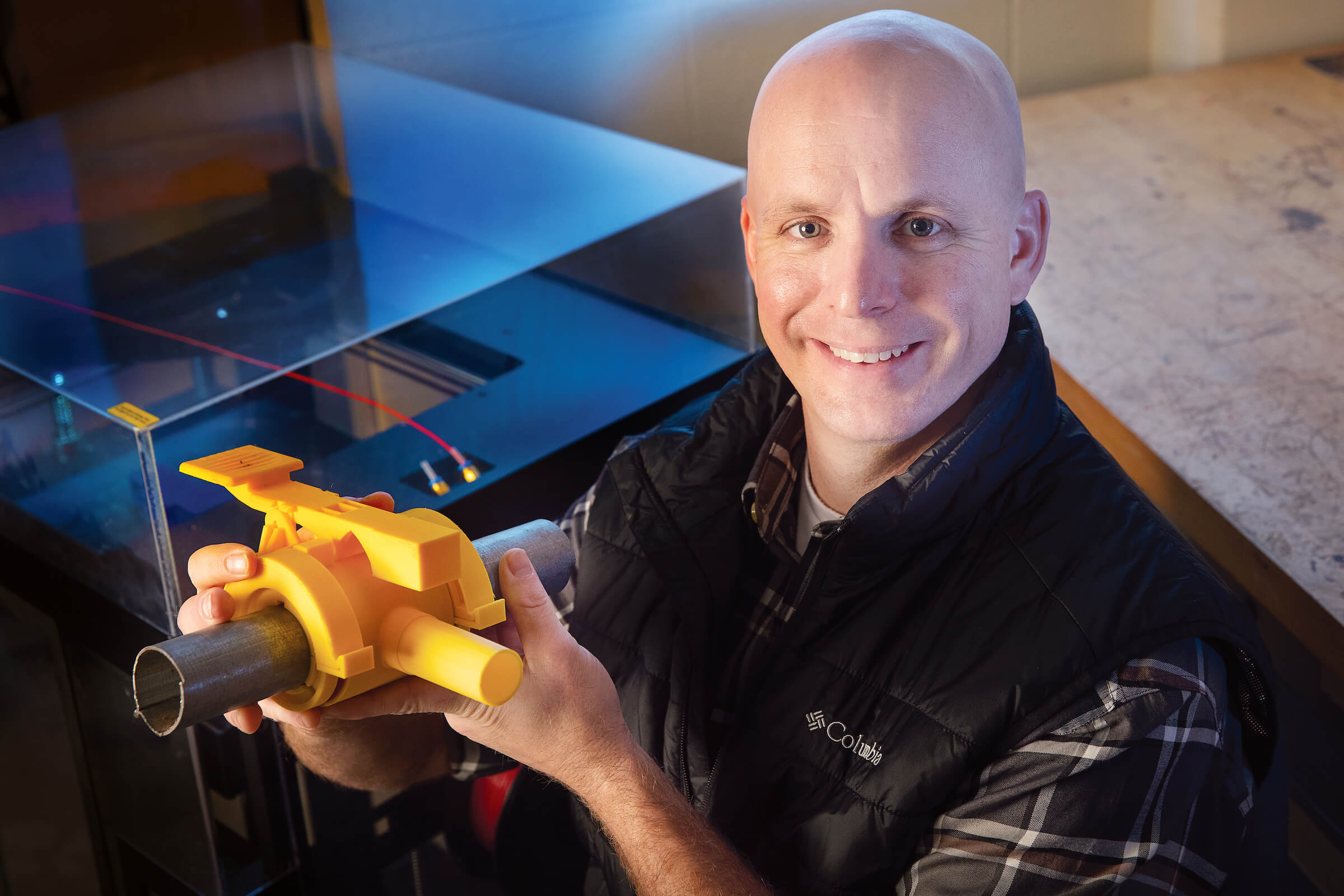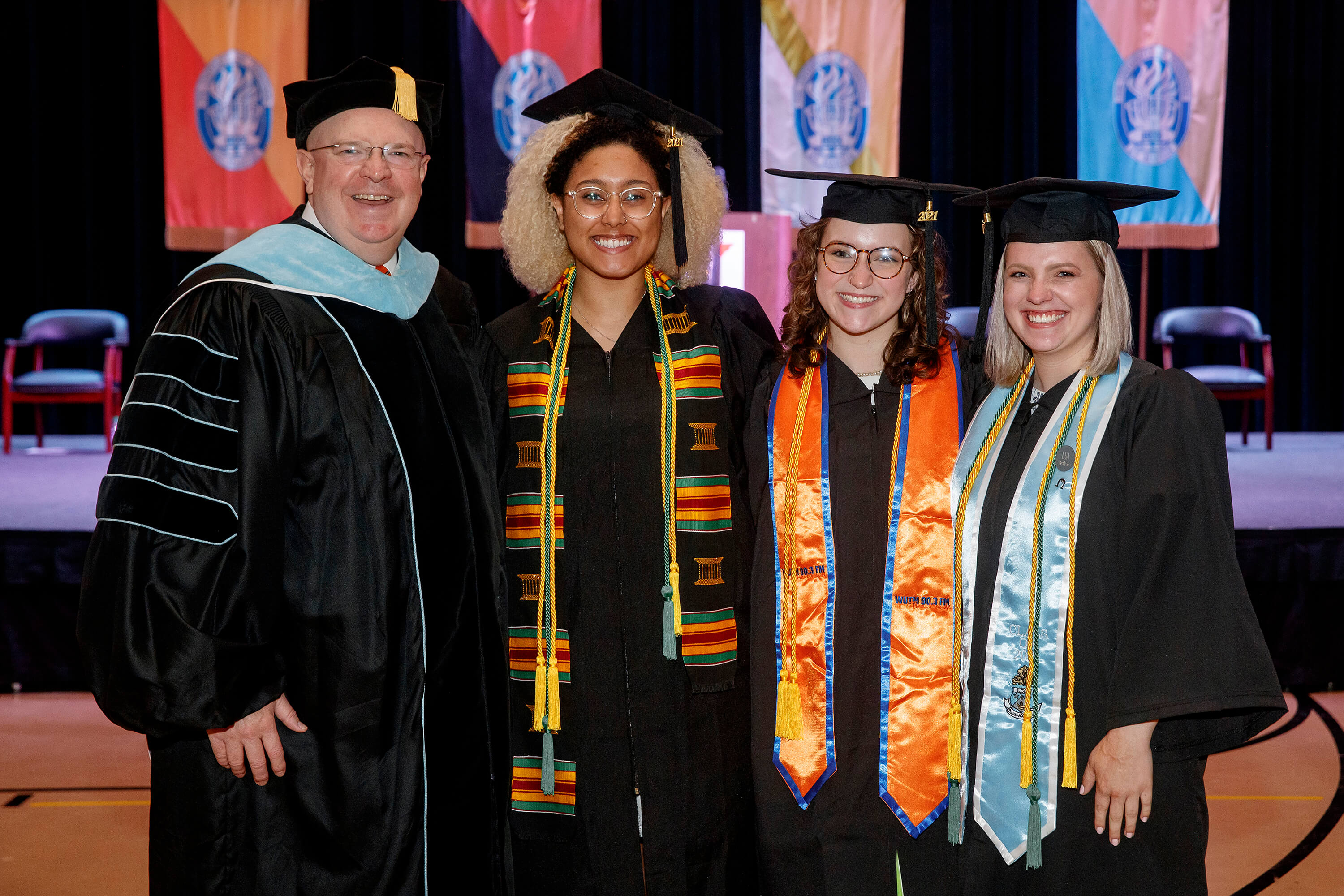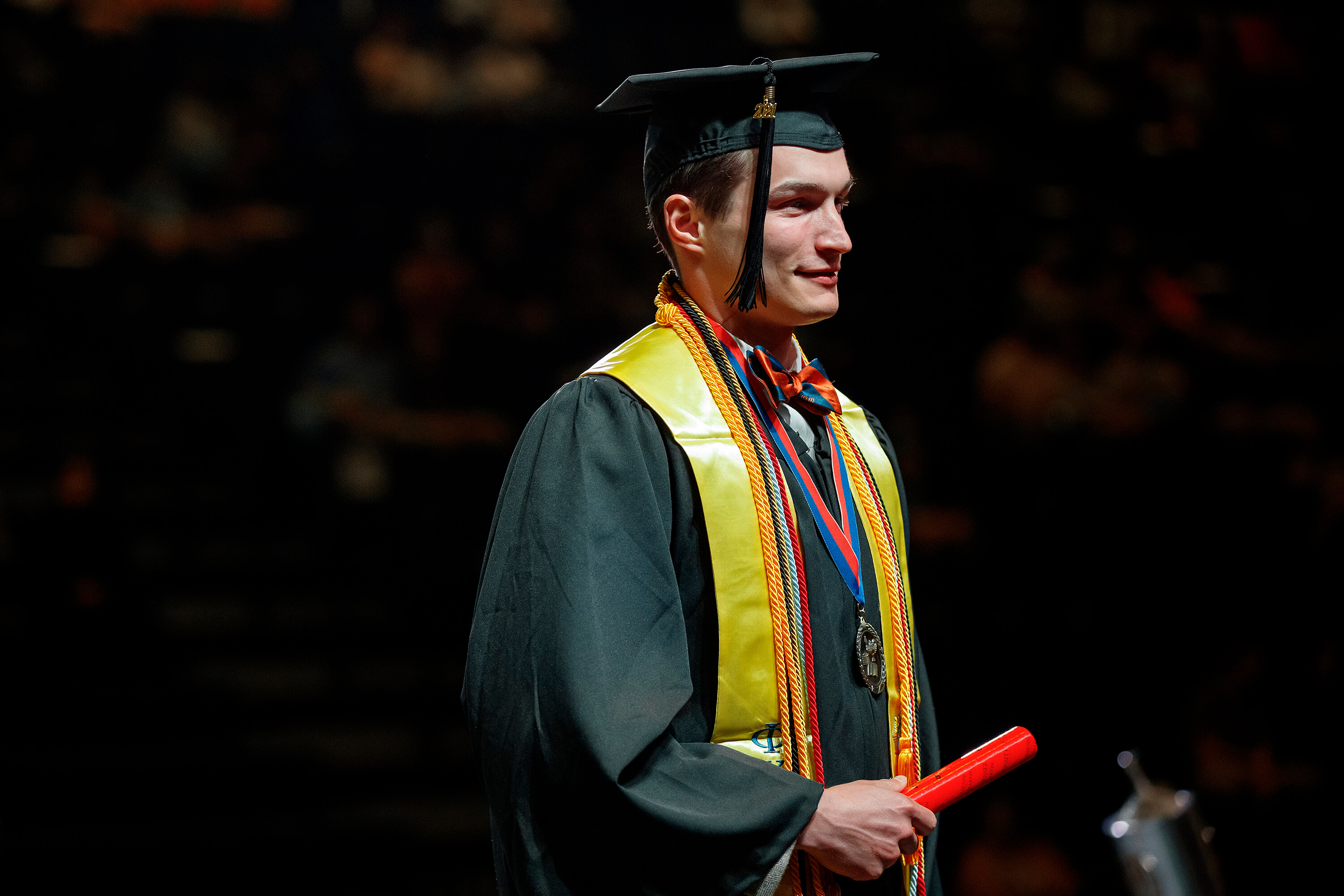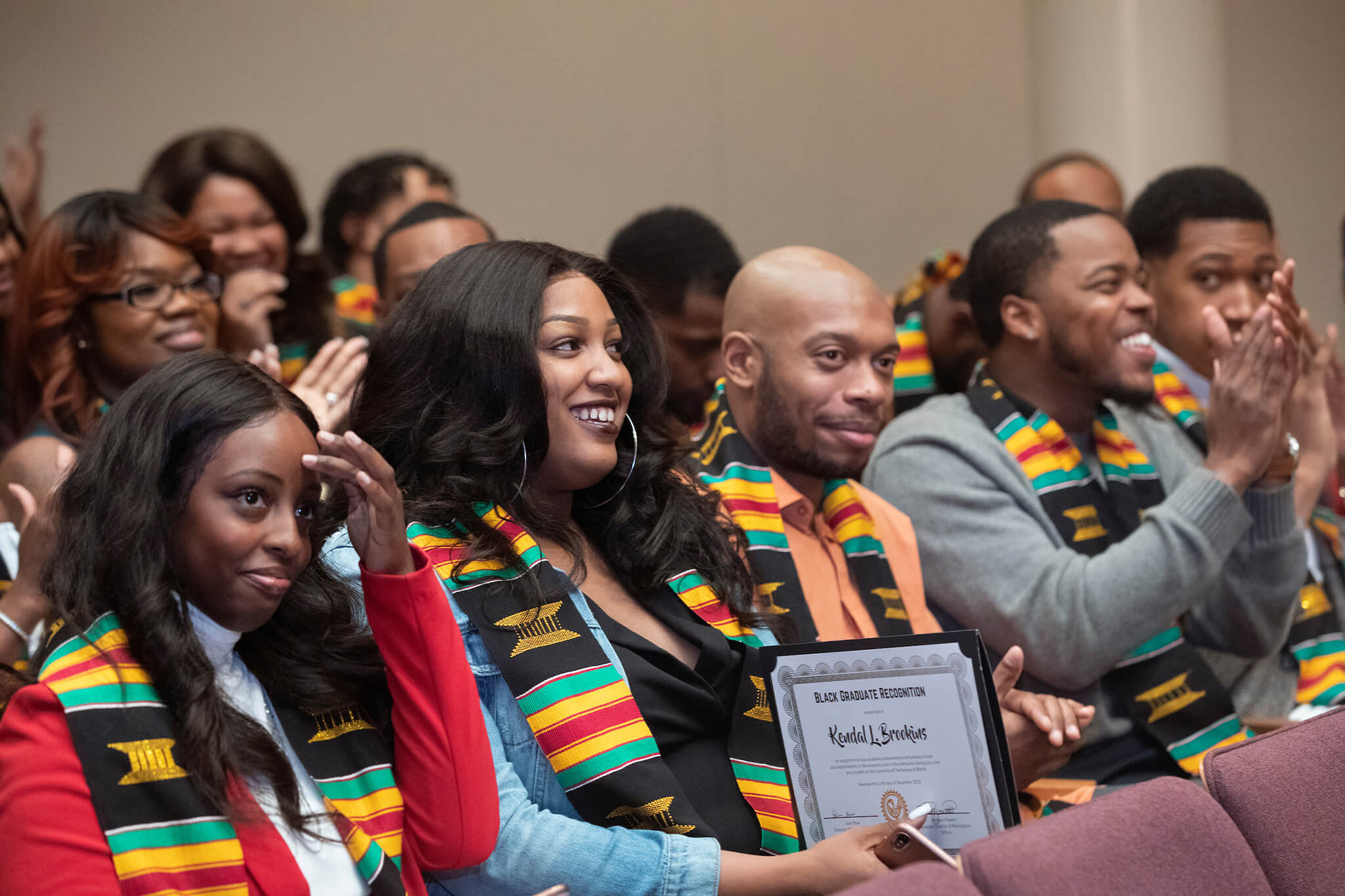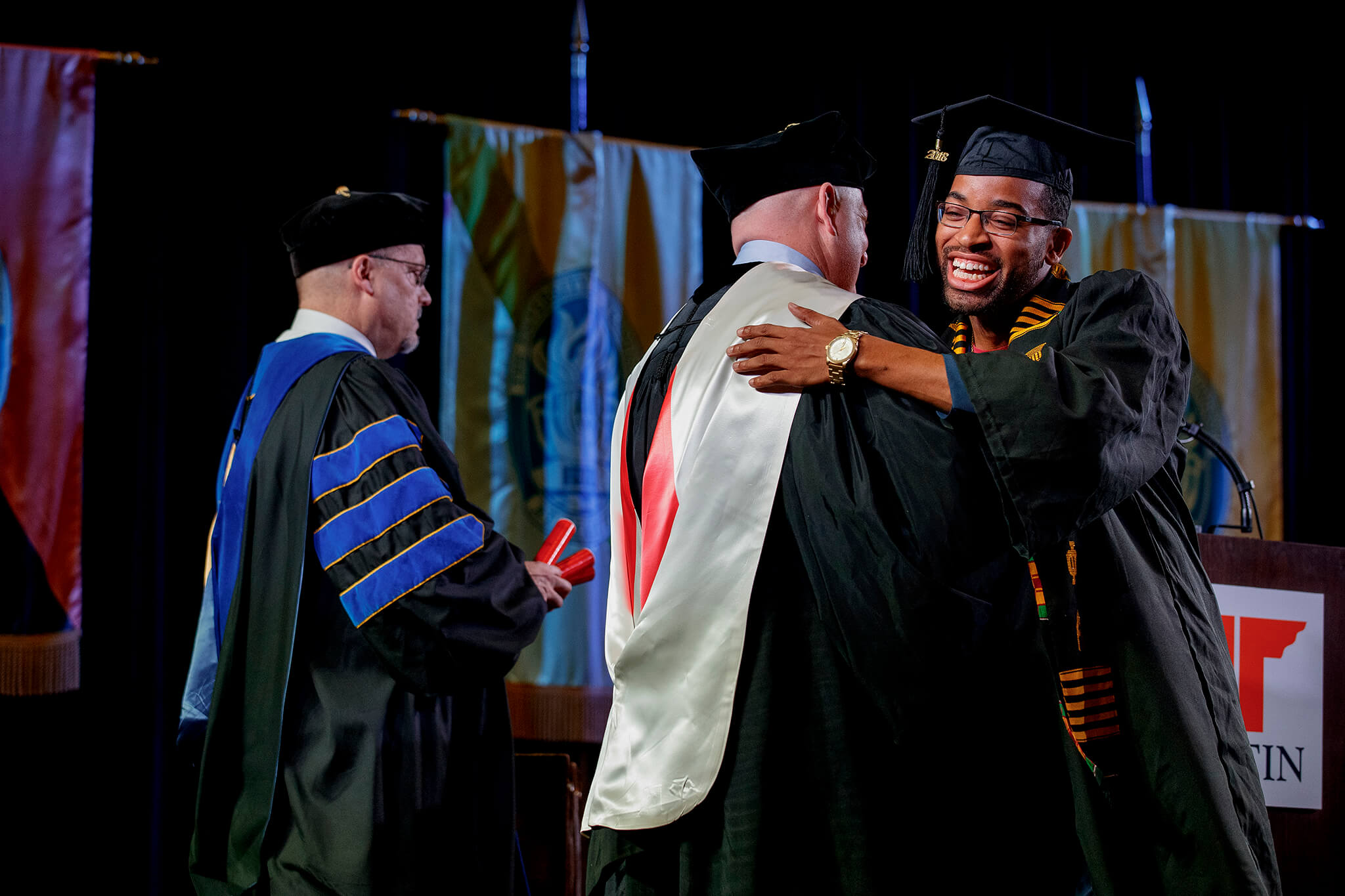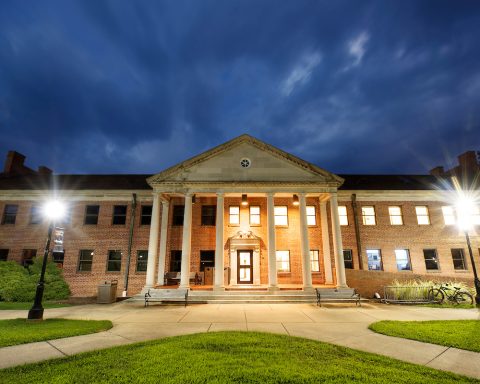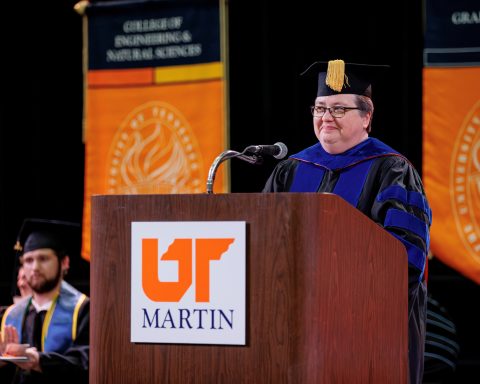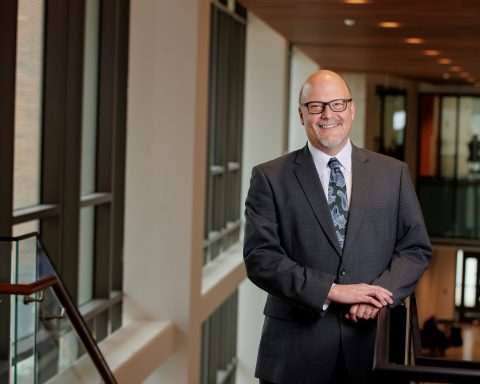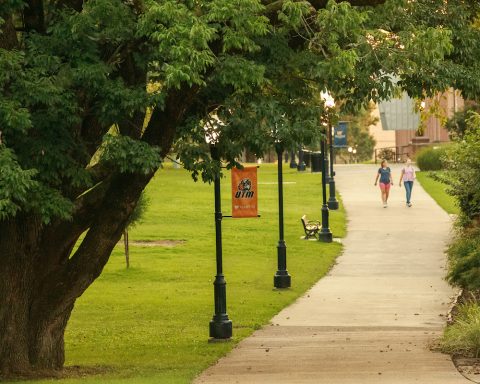In another life, Mark Lister coached college football at institutions across the country. Now, he is an inventor.
Lister, a Martin resident and recent graduate of the University of Tennessee at Martin, has a patent pending for a spring-loaded supplemental poultry feeder, an idea that occurred to him two years ago while working in the poultry barns he owns and operates with his wife, Becky.
According to Lister, a system of feed lines in each barn automatically fills feed hoppers spaced along the lines. However, very young chicks are not large enough to reach these hoppers and require supplemental food in feeding trays placed on the floor. The openings that allow this additional food to fall into the trays can be rotated up or down to start or stop the flow of supplemental feed as needed.
“When we get ready for new birds, we bring the feed lines down (from the ceiling) to about chest height, and we turn (the supplemental tubes) down,” he said. After this, the lines are lowered to ground-level and the young chicks arrive. “Then, in 10 days, you’ve got to walk down the line and turn each one up. And there are about 1,000 of them.”
The lines cannot be raised once they are filled with poultry feed, and repeatedly bending to rotate each tube is back-breaking work. Lister, then a junior engineering student, decided to find a solution.
“It’s just one of those things where I thought, ‘There’s got to be a better way,’” he said. “So I talked to the people who sell the equipment. … I asked, ‘Why can’t you guys just come up with something where I can do all this without bending over?’ … But nobody ever did it.”
Lister began working on his first design during the summer of 2016 and entered into a partnership with the University of Tennessee Research Foundation to help finance the project and obtain a U.S. invention patent. The UTRF later selected his project to receive one of eight
UT Research Maturation Grants in 2017, which allowed him to purchase a 3D printer and create new iterations of his design more quickly.
After more than a year of testing the models in his own poultry barns, Lister is comfortable with the current design and believes his improved supplemental feeder will be useful across the poultry industry.
“I basically made (the supplemental tubes) spring-loaded. So, you turn it down, and it’s tensioned, so it clicks. And you’ve got a lever. … I have to walk down the (feed) lines every day anyway to check on the birds, … so while I’m walking I can just tap these levers with my bucket, and they’ll just snap (upward),” he explained. “It seems simple, but nobody had thought of it.”
Lister is currently working with an equipment manufacturing company to produce and refine test models for mass production. He is also working with the UTRF to determine the product’s marketability in the United States. He says some poultry growers in the region have already expressed interest in the product, and one grower is willing to allow future product testing in his barns.
“(The new feeder) could be used all over the world, actually, because they have these types of poultry operations all over the world,” he said. “I’ll be happy if I can get them in my barns and if I can also sell them that would be a bonus.”
“I feel like I would be remiss if I didn’t thank the entire UTM engineering department for their guidance in all matters big and small throughout my four years as a non-traditional student,” added Lister. “I would like to especially thank Dr. (Doug) Sterrett, my adviser, for advocating for this project on my behalf so that it could be used as an internship. I’d also like to thank Dr. (Bob) LeMaster for his guidance throughout the project and creating the initial introduction with the UTRF.”
Lister finished his bachelor’s degree in engineering this fall and graduated from UT Martin during commencement exercises Dec. 15.
###
SPECIAL NOTE: The 3D printer purchased with Lister’s grant funding is now the property of the UT Martin Department of Engineering. It is a top-of-the-line fused deposition modeling printer that allows engineering students to print large projects in a range of materials.

